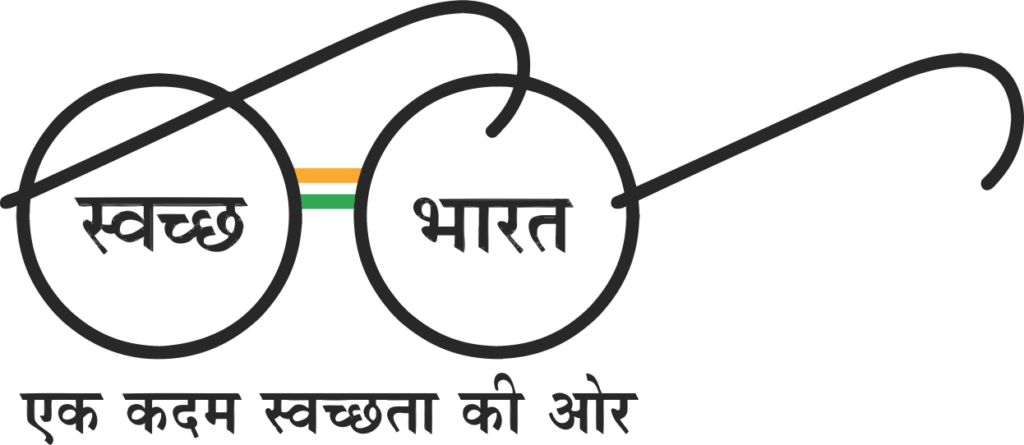Bank Mitra
Introduction:
In today’s digital era, ensuring financial inclusion and access to banking services for all segments of society is crucial. One significant initiative that has greatly contributed to this mission is the Bank Mitra program. This innovative concept has bridged the gap between traditional banking and underserved areas, providing individuals with access to basic banking services and promoting financial literacy. In this article, we will delve into the Bank Mitra program, its objectives, benefits, and its impact on promoting financial inclusion in India.
1. Understanding the Bank Mitra Program:
The primary objective of the Bank Mitra program is to promote financial inclusion by expanding the reach of banking services to unbanked and underbanked areas. By appointing Bank Mitras, the program aims to:
2. Objectives of the Bank Mitra Program:
The primary objective of the Bank Mitra program is to promote financial inclusion by expanding the reach of banking services to unbanked and underbanked areas. By appointing Bank Mitras, the program aims to:
a) Provide banking services to the last mile: Bank Mitras act as an extension of banking institutions, reaching out to areas where setting up brick-and-mortar bank branches is not feasible.
b) Enable easy account opening: Bank Mitras facilitate the account opening process, making it convenient for individuals in remote areas to access formal banking services.
c) Encourage financial literacy: Bank Mitras educate customers about various banking products and services, promoting financial literacy and empowering individuals to make informed financial decisions.
3. Benefits of the Bank Mitra Program:
The Bank Mitra program has numerous benefits, both for the customers and the banking system:
a) Increased access to banking services: The program enables individuals in remote areas to access basic banking services without traveling long distances.
b) Employment opportunities: Bank Mitra roles create employment opportunities for local individuals, promoting entrepreneurship and economic growth.
c) Cost-effective and scalable: The program leverages existing technology infrastructure, reducing the cost of establishing physical bank branches and making it scalable to reach even the remotest corners.
d) Encourages saving habits: Bank Mitras promote saving habits among customers by offering easy deposit facilities and guidance on financial planning.
e) Digital empowerment: Through AEPS, Bank Mitras facilitate digital transactions and promote cashless payments, contributing to the vision of a digital economy.
4. Impact of the Bank Mitra Program:
Since its inception, the Bank Mitra program has made a significant impact on financial inclusion:
a) Increased bank account penetration: The program has played a crucial role in increasing the number of bank accounts in underserved areas, providing individuals with access to formal banking services.
b) Direct benefit transfers: Bank Mitras have facilitated the seamless transfer of government subsidies, pensions, and other welfare benefits directly into the bank accounts of beneficiaries, reducing leakages and ensuring efficient delivery of social welfare programs.
c) Reduction in financial frauds: With the presence of Bank Mitras in local communities, instances of financial frauds and unauthorized lending practices have reduced significantly, fostering trust in the formal banking system.
Conclusion:
The Bank Mitra program has emerged as a game-changer in extending banking services to unbanked and underbanked areas. By leveraging local entrepreneurship, technology, and financial literacy initiatives, the program has facilitated financial


